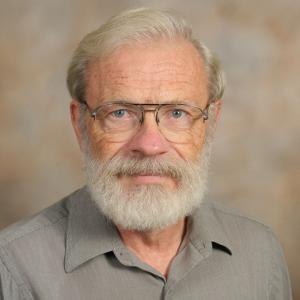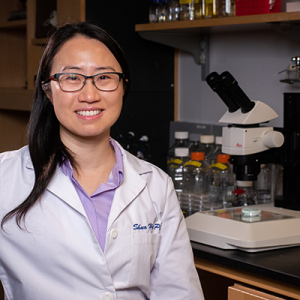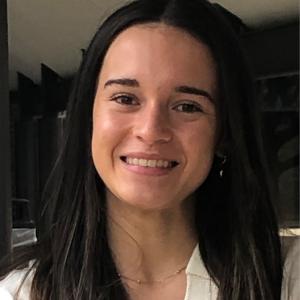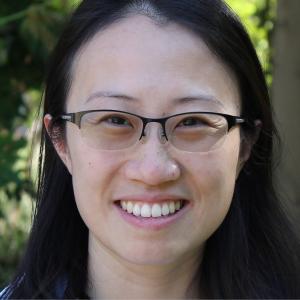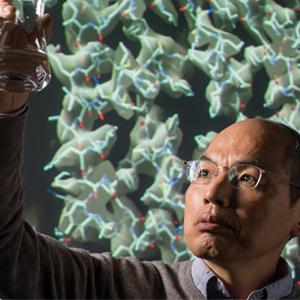Serena Wan Awarded the Prestigious Predoctoral Fellowship from the American Hematology Society (ASH)
Serena Wan to Receive the 2023 ASH Graduate Hematology Award
Professor David C. Richardson Named Professor Emeritus of Biochemistry Following his Retirement
Professor David C. Richardson has been named Professor Emeritus of Biochemistry following his retirement on 1 February 2023.
Karly Forker Claims her Spot as Fourth-Fastest Women's Mile in Program History
In Nashville, Tennessee, Graduate student Karly Forker claimed her spot as the fourth-fastest women's mile in program history! A career day for her, at a 4:39.21 mile time.
Carly Williams Receives Prestigious Joe Rae Wright Fellowship for Outstanding Women in Science and Paul and Lauren Graffari Graduate Fellowship
The Jo Rae Wright Fellowship for Outstanding Women in Science was created in memory of Joe Rae Wright, who served as dean of The Graduate School from 2006
Carly Williams Awarded Graduate Student Pilot Research Grant
The Duke University School of Medicine Office of Biomedical and Graduate Education (OBGE) and Precision Genomics Collaboratory pilot grant supports students' efforts in genomics and cli
Bach Nguyen Awarded Graduate Student Pilot Research Grant
The Duke University School of Medicine Biomedical PhD Students Research Pilot Grants are awarded to SoM Biomedical PhD students who are pursuing innovative research in basic and/or clinical genomic
Dr. Shuo Han Named Whitehead Scholar
Shuo Han, PhD, was recently named a Whitehead Scholar for the next five years.

